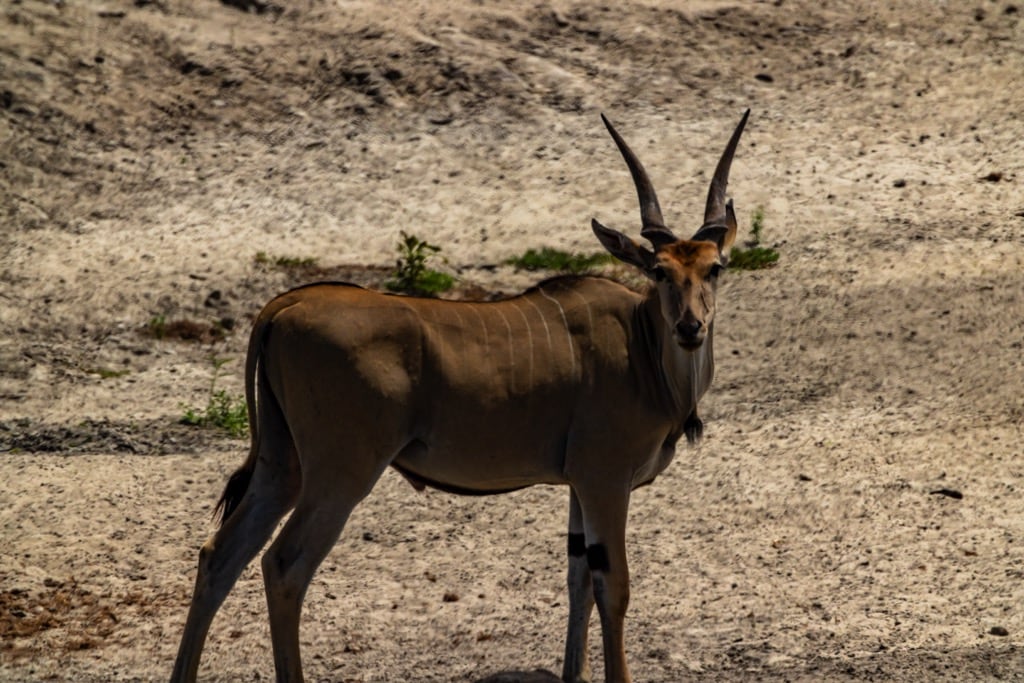


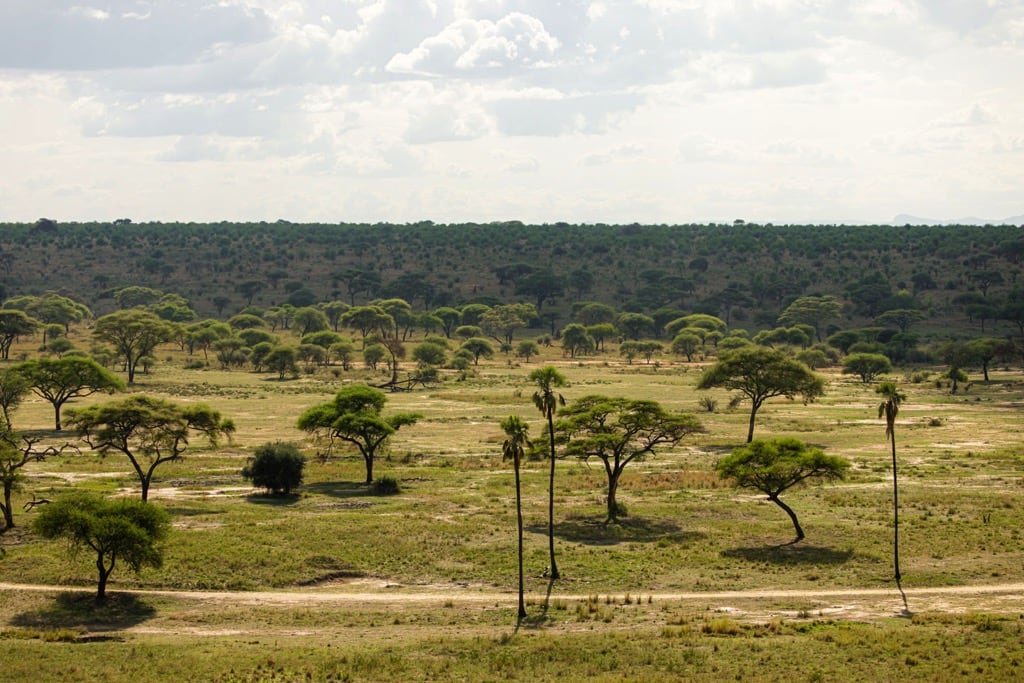
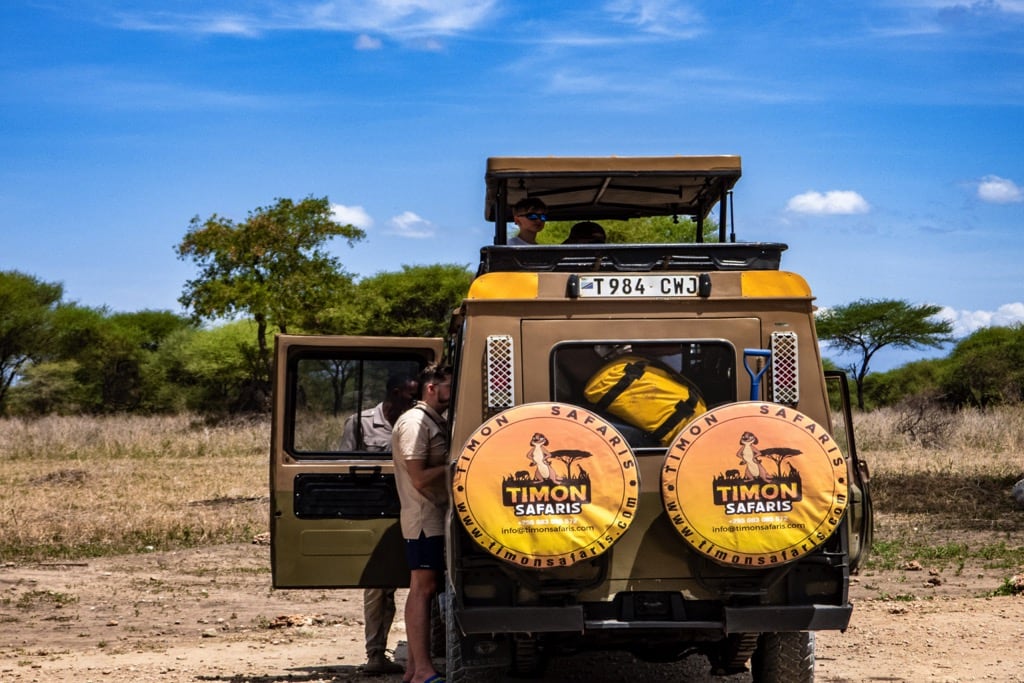
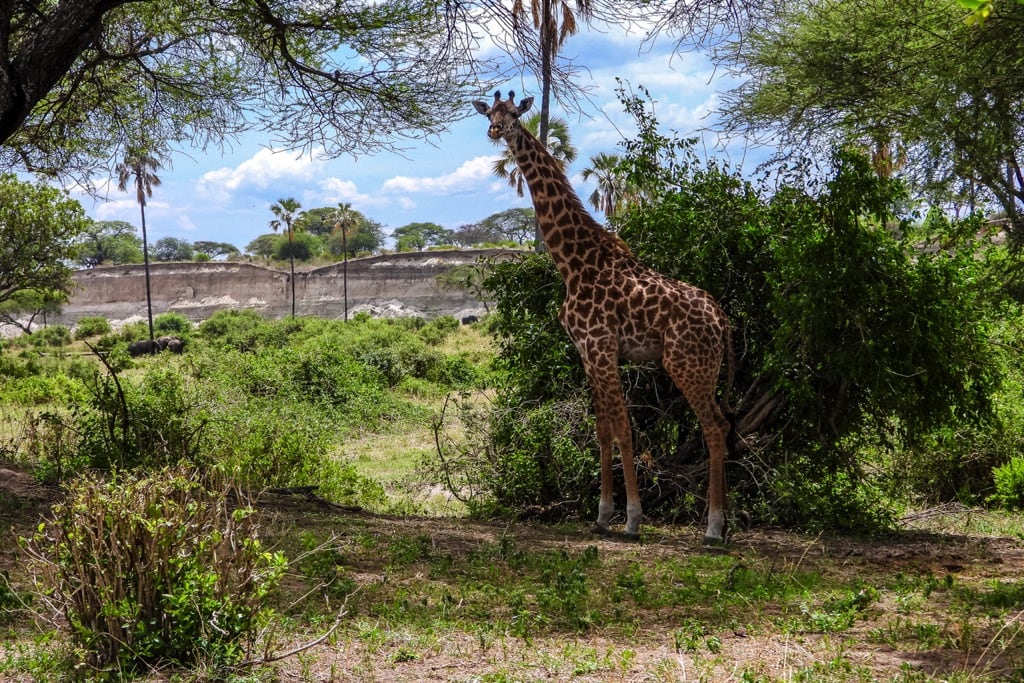
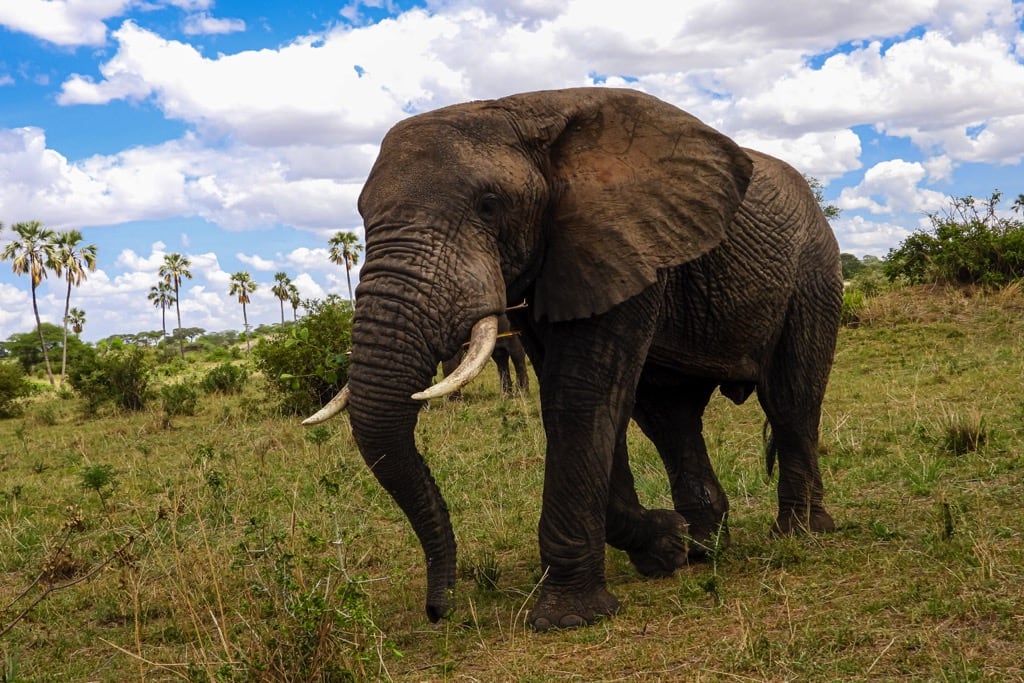


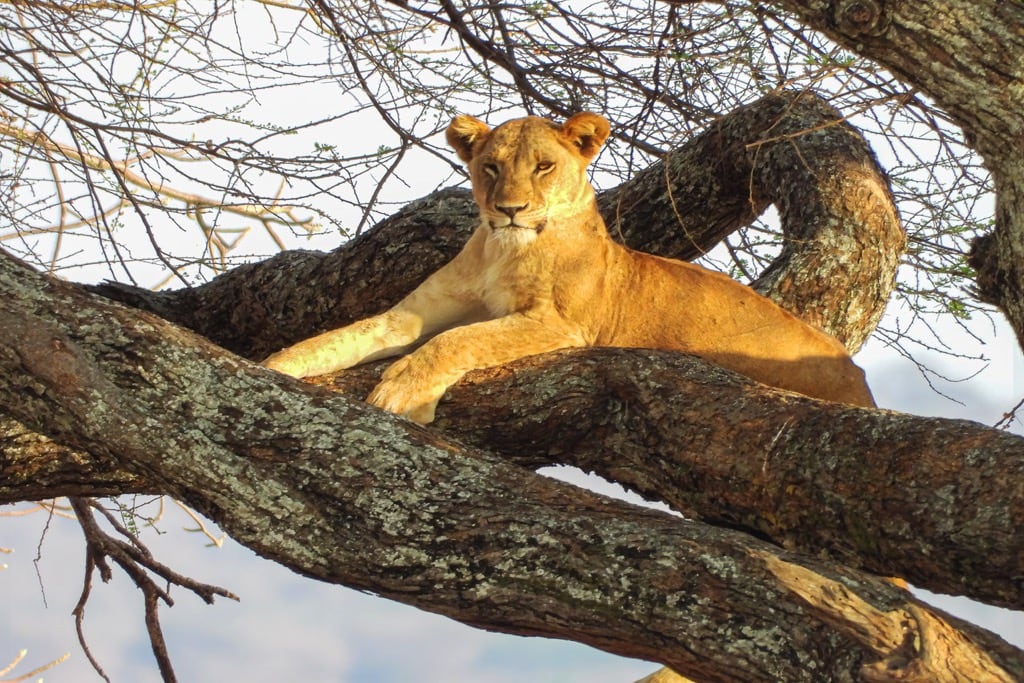
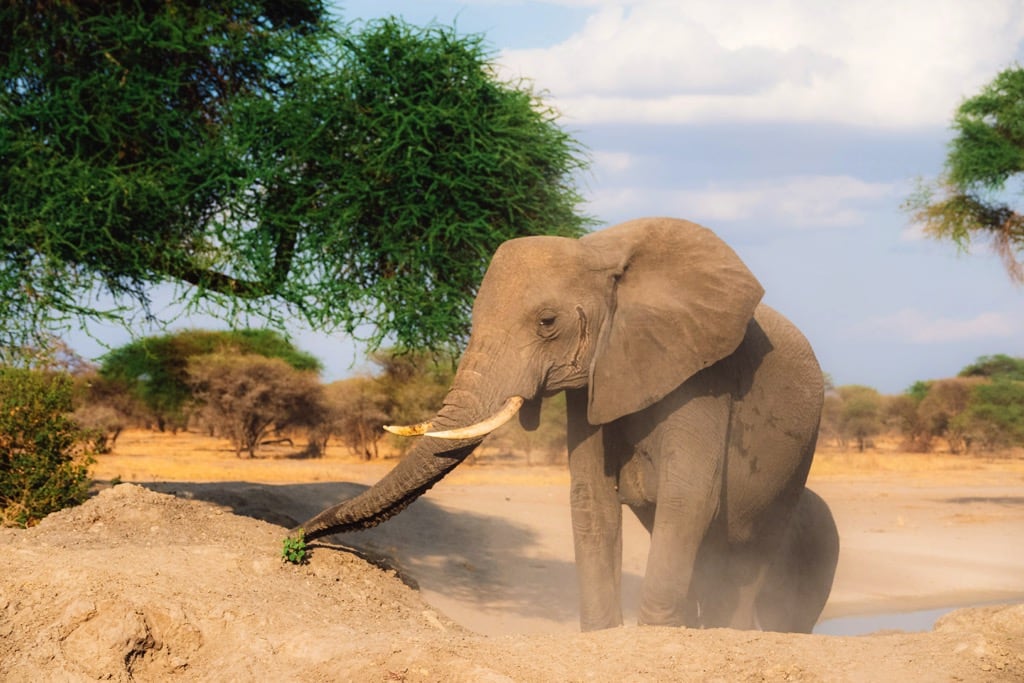

2,850 km²
985-1,528 m
June to October
April and May
Tarangire National Park is a mesmerising wildlife sanctuary in the Manyara Region of Tanzania. Covering an area of approximately 2,850 square kilometres, the park derives its name from the Tarangire River that crosses through it, serving as the primary source of fresh water for the wildlife within its borders.
The park’s terrain is incredibly diverse, with hilly landscapes, vast savannah plains, woodlands, and swamps. Baobab and Acacia trees dot the expansive grasslands, providing iconic silhouettes against the African skyline. The wonderful Tarangire River, lined with fever trees, is a vital lifeline in the region, especially during the dry season when it attracts many wildlife.
Tarangire National Park hosts an astonishing variety of wildlife, some unique to the area. The park is renowned for its high density of elephants, with herds of up to 300 individuals often seen, particularly during the dry season. These gentle giants can be found strolling through the park, trunks swaying and ears flapping, a sight that leaves visitors in awe.
The park’s wildlife spectacle is most pronounced in the dry season when thousands of animals migrate to the Tarangire River. This is the best time to visit, as you can see wildebeest and zebras in large numbers alongside resident animals like gazelles, impalas, elands, waterbucks, and the rare gerenuk.
Predators, such as lions, leopards, cheetahs, and hyenas, are often sighted throughout the park, particularly around the river during the dry season, where they closely monitor herds of herbivores. The park is also one of the best places in Tanzania to see the tree-climbing lions, which can often be spotted lounging on the branches of acacia trees.
The Tarangire is also a haven for birdwatchers, with more than 550 bird species recorded. These include endemic species like the Ashy Starling and Yellow-collared Lovebird and the large Kori Bustards, ostriches, and various raptors.
Tarangire National Park is one of the few places in Tanzania where oryx can be seen. It’s also a sanctuary for the endangered African wild dog. Another highlight includes sightings of the peculiar long-necked gerenuk, a gazelle distinguished by its extraordinarily elongated neck and ability to stand on its hind legs.

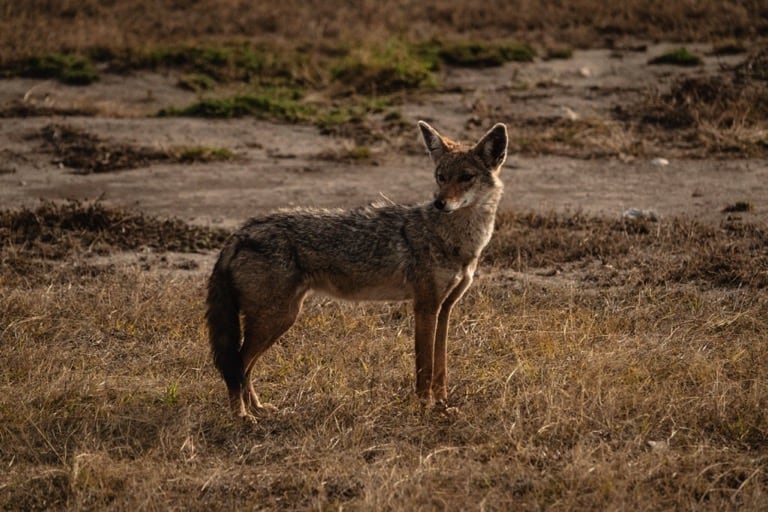
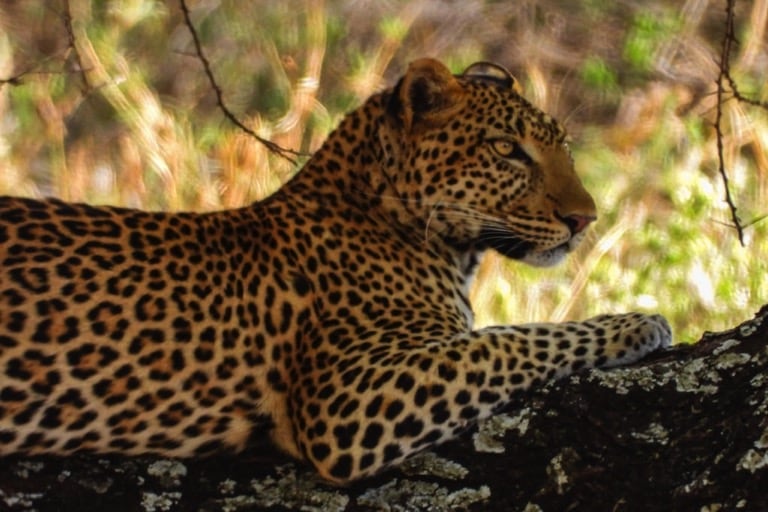
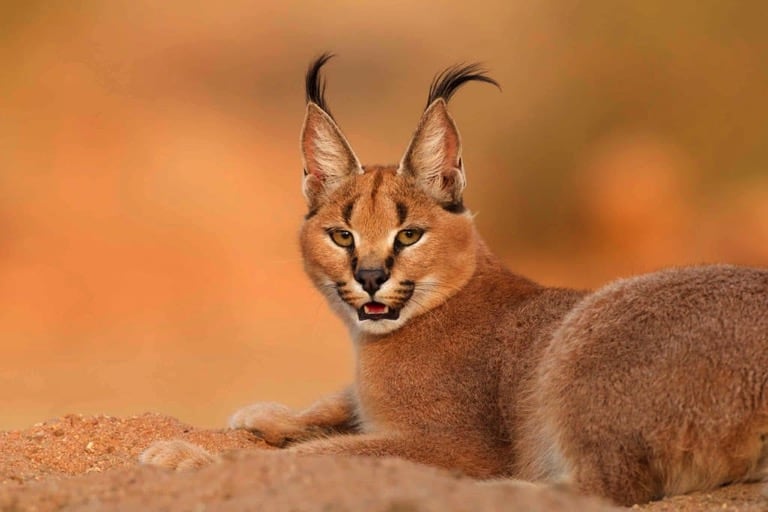
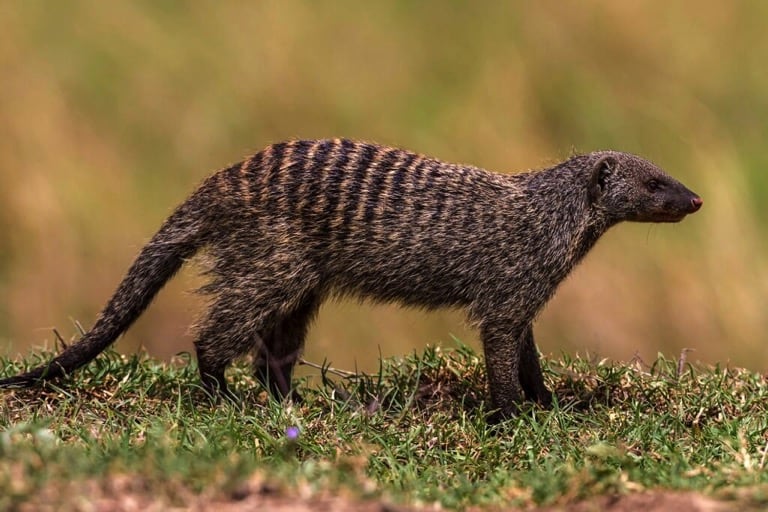
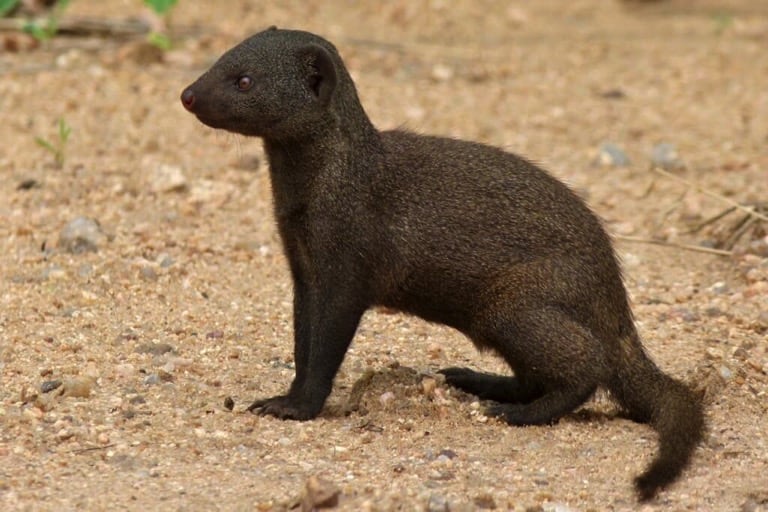
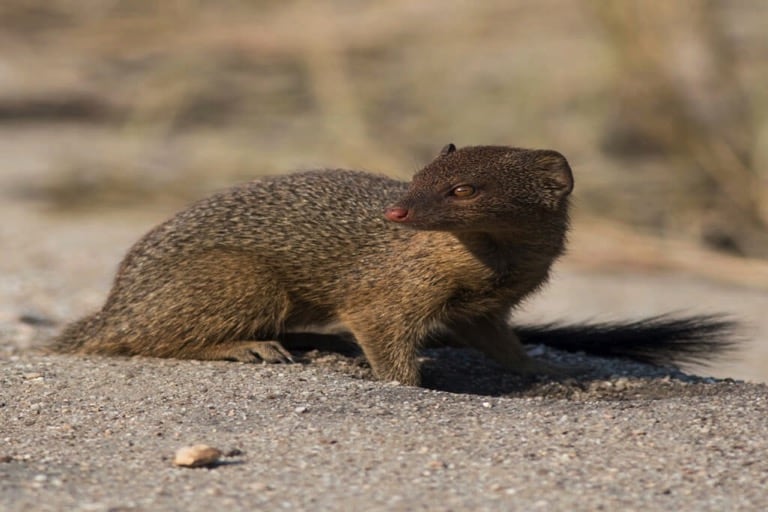
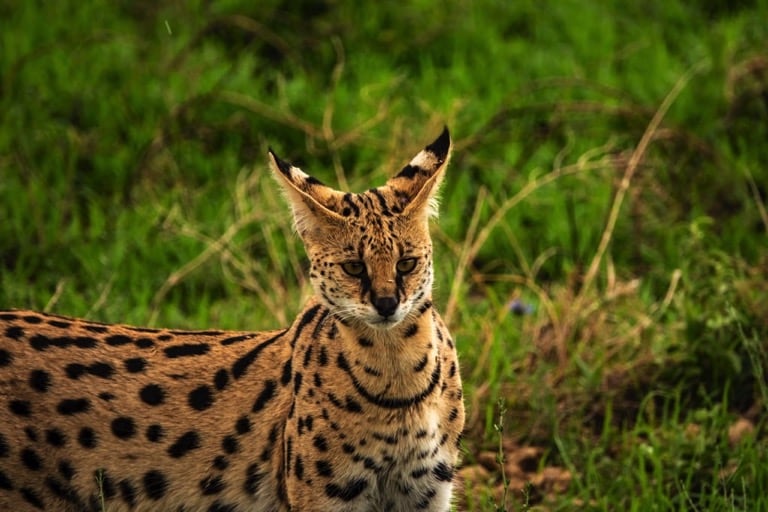

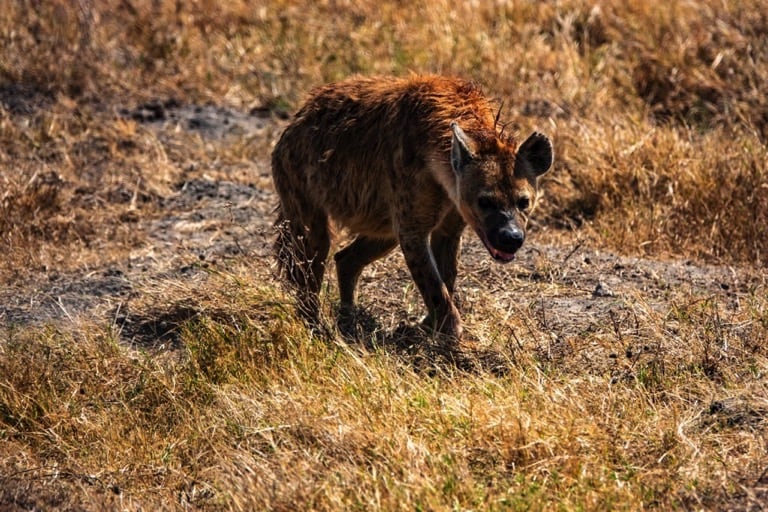
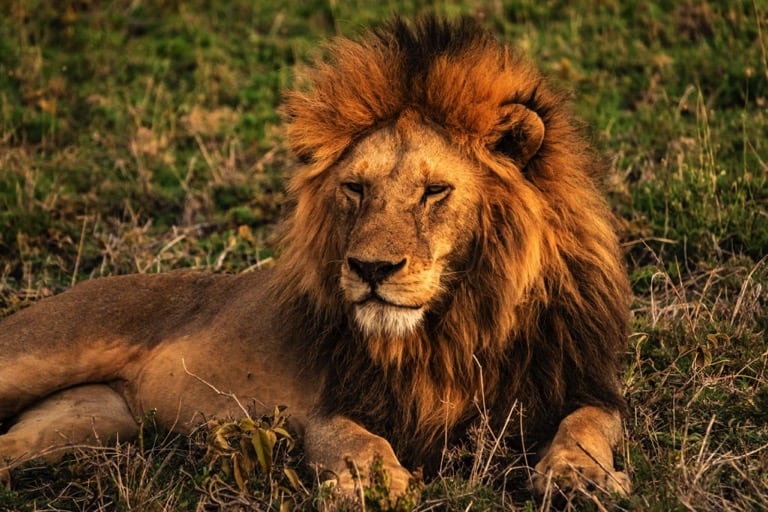
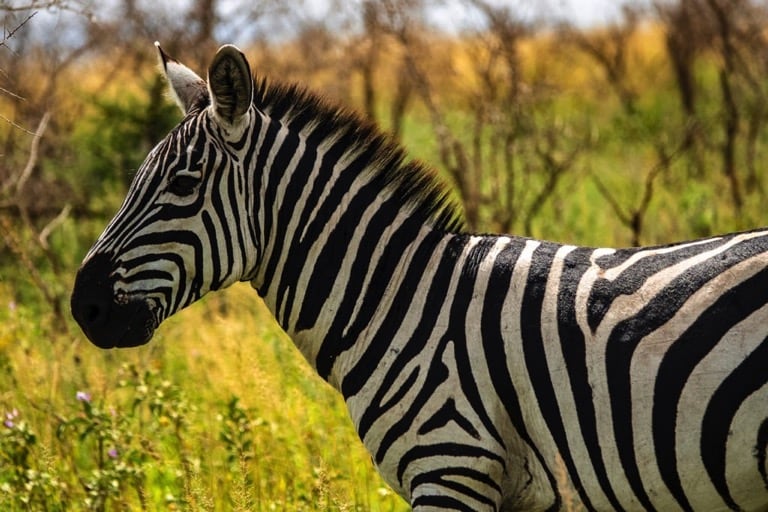


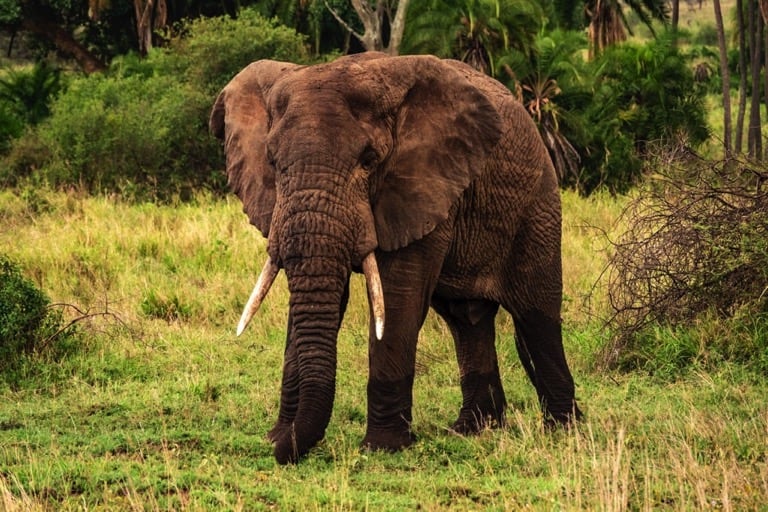
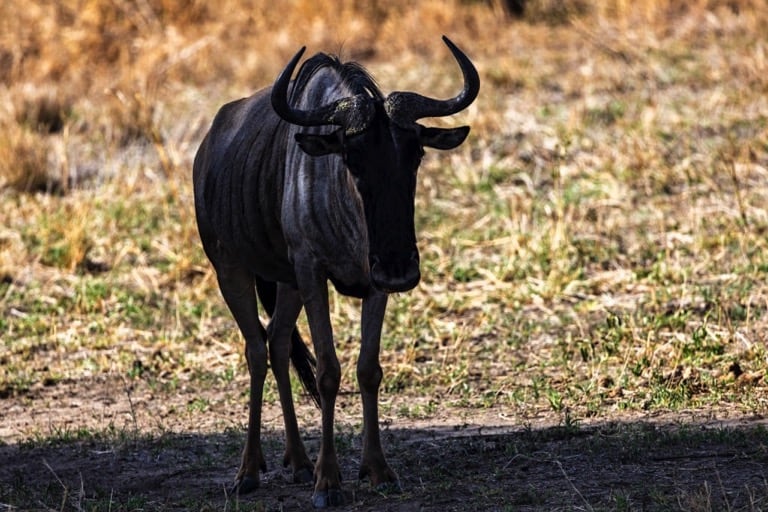

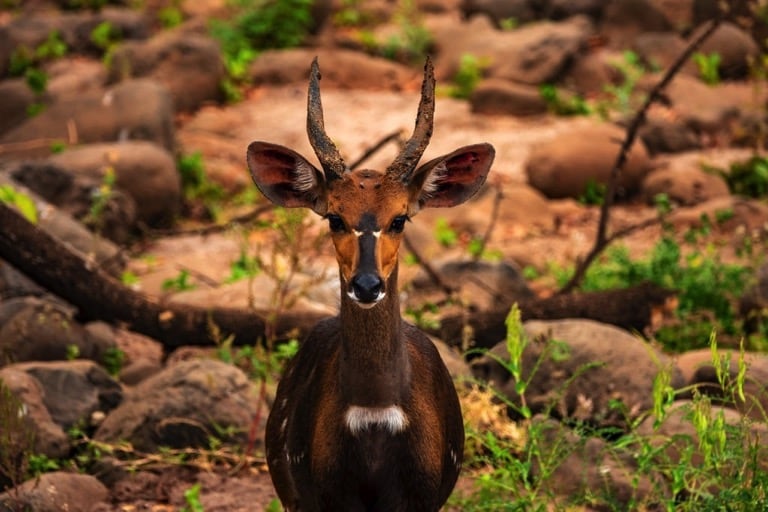

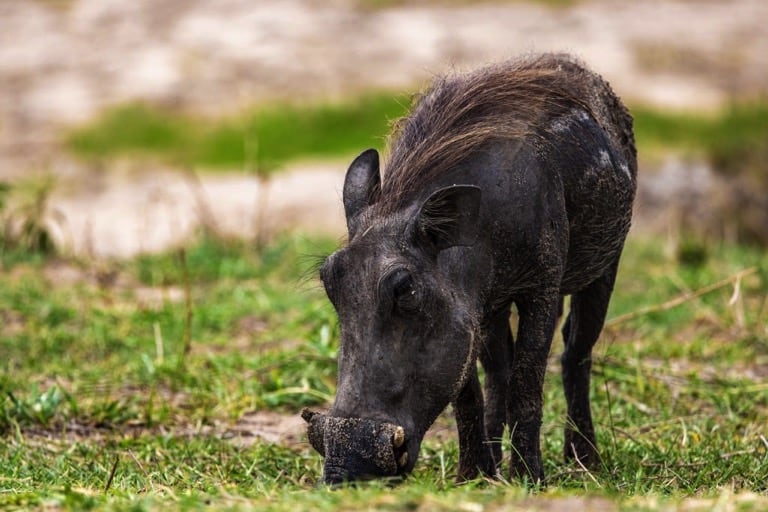
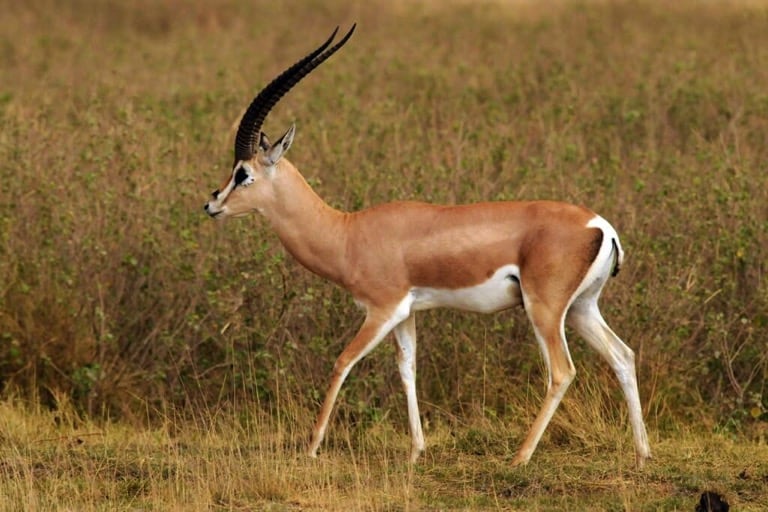
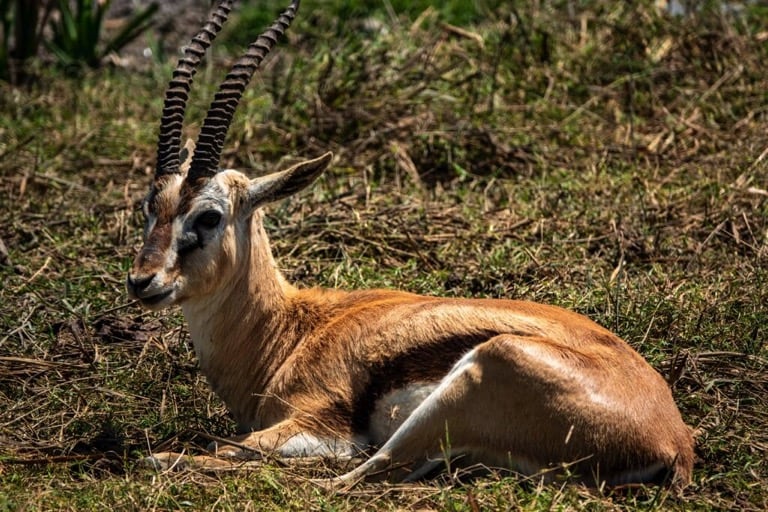


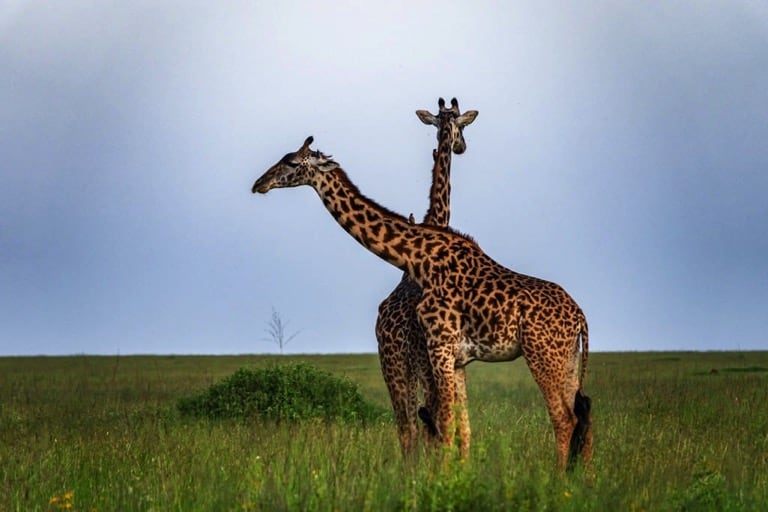
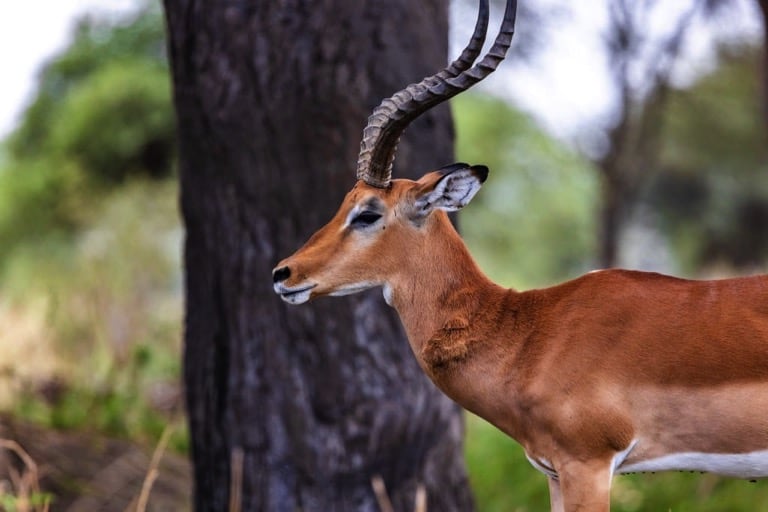


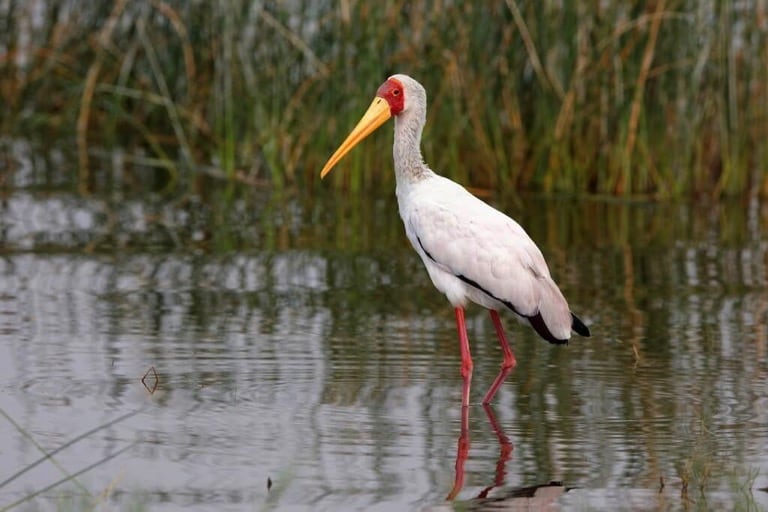
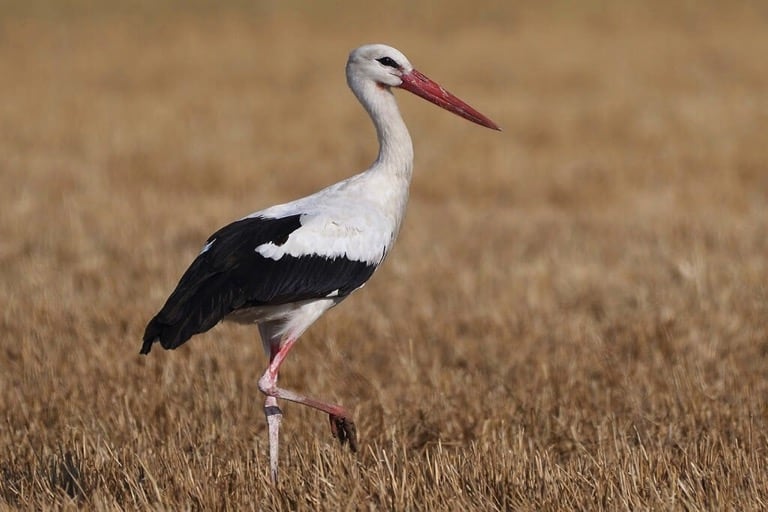

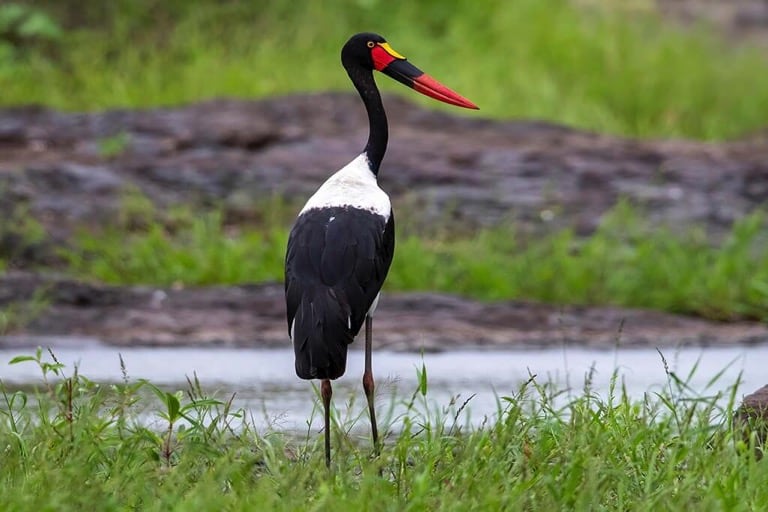

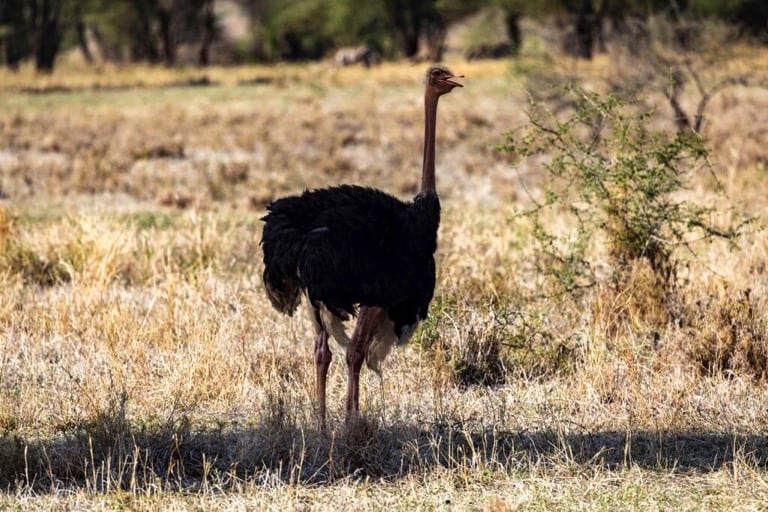
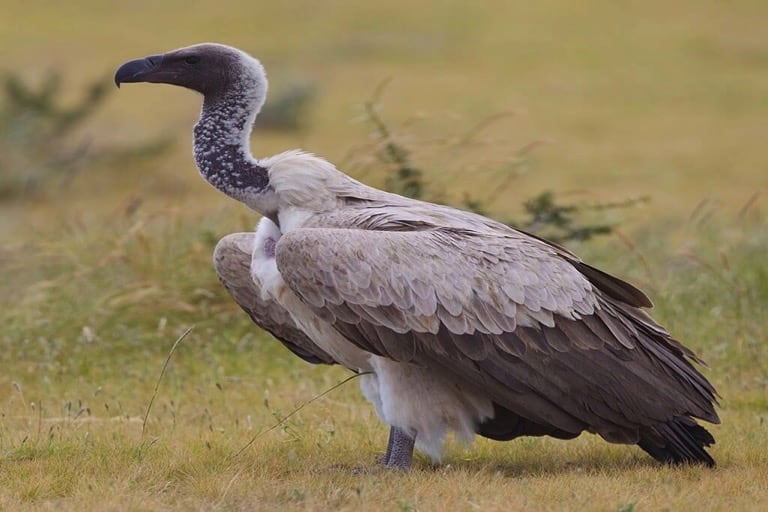
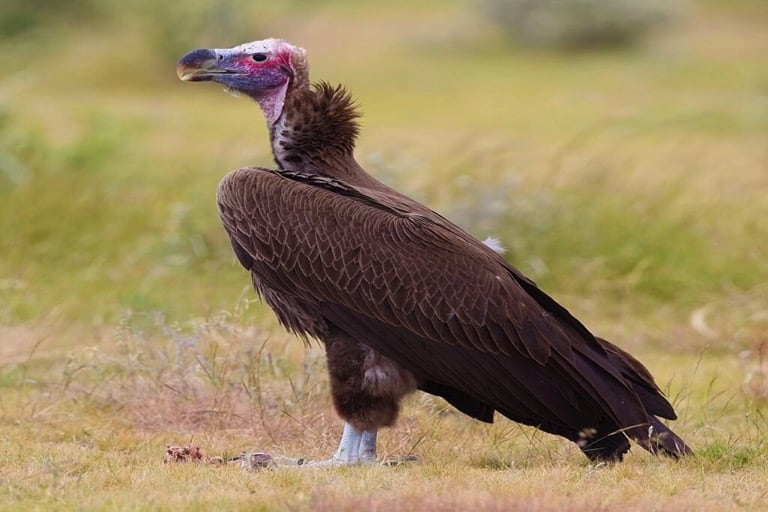

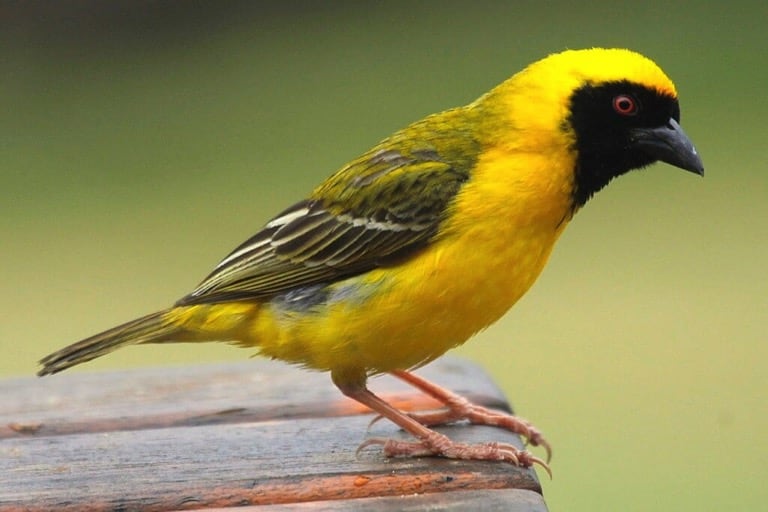
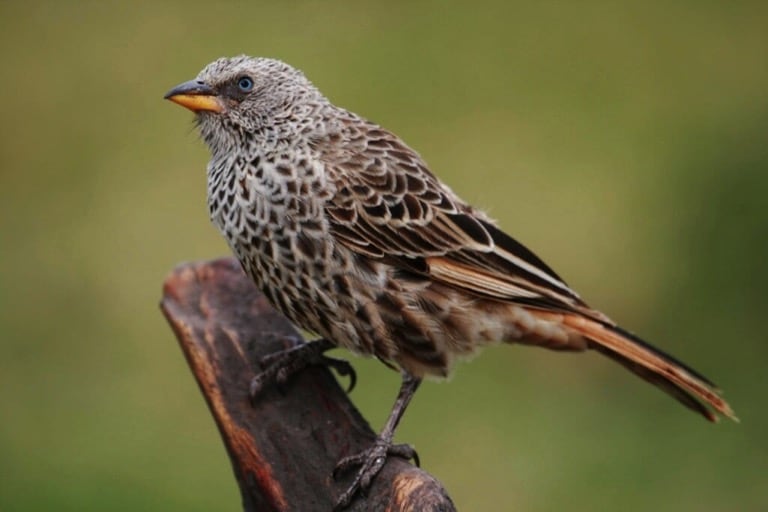
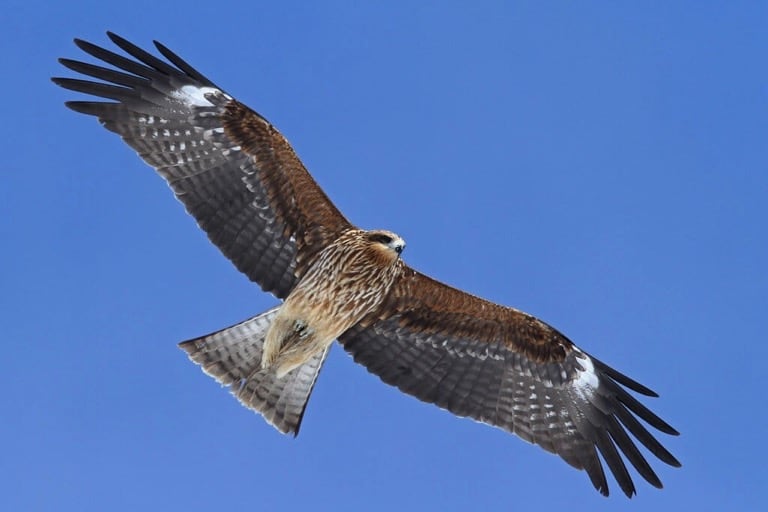
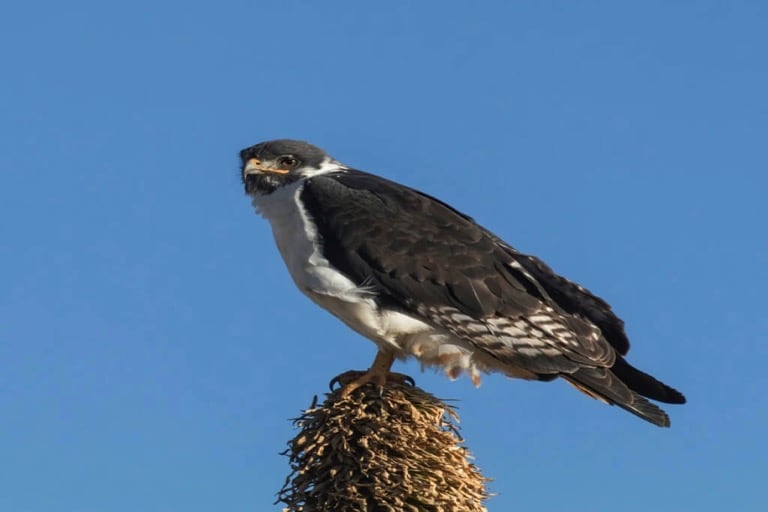
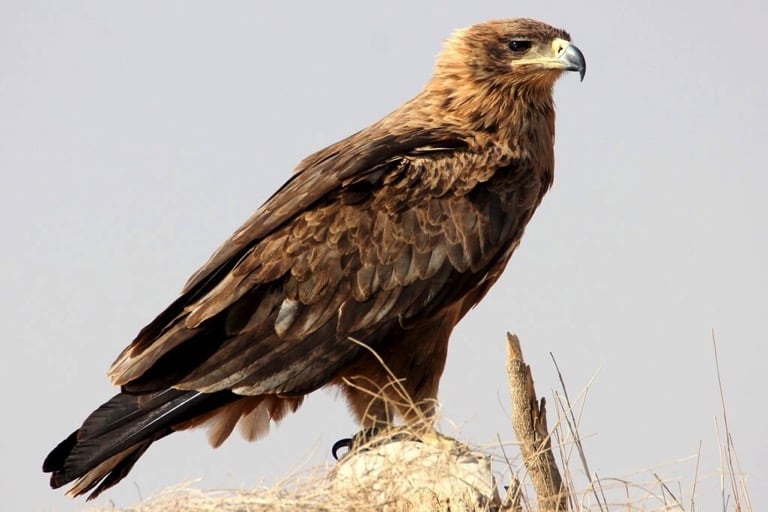
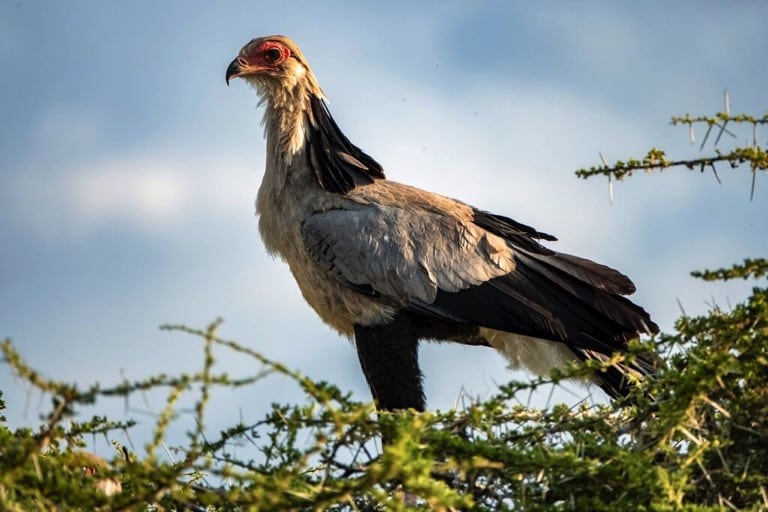
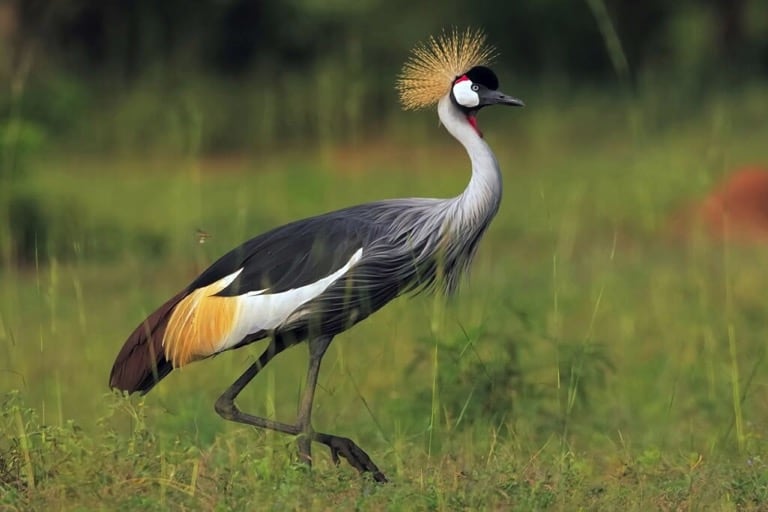

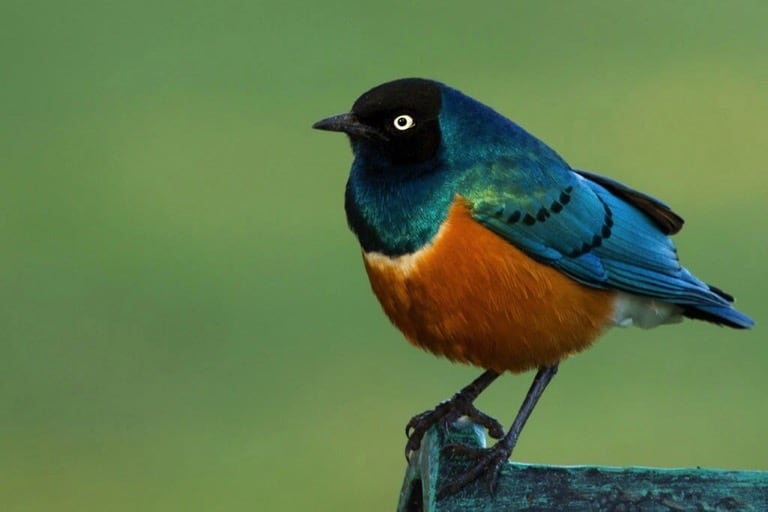
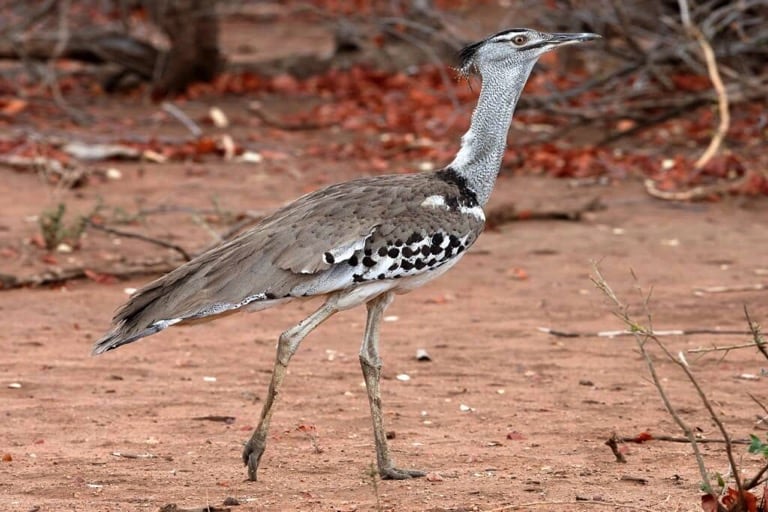
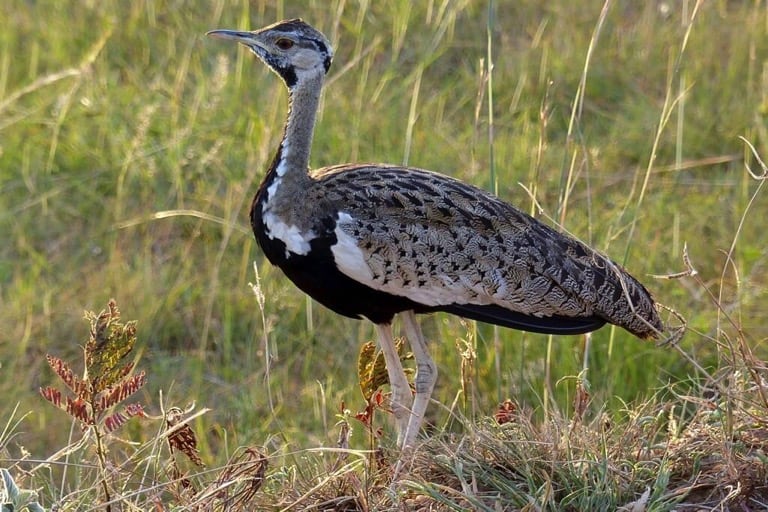
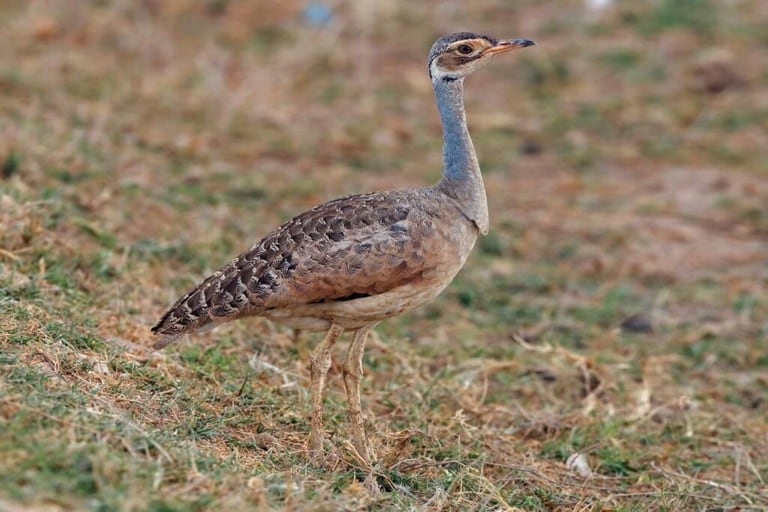


Subscribe to our newsletter and get the latest updates & news.
